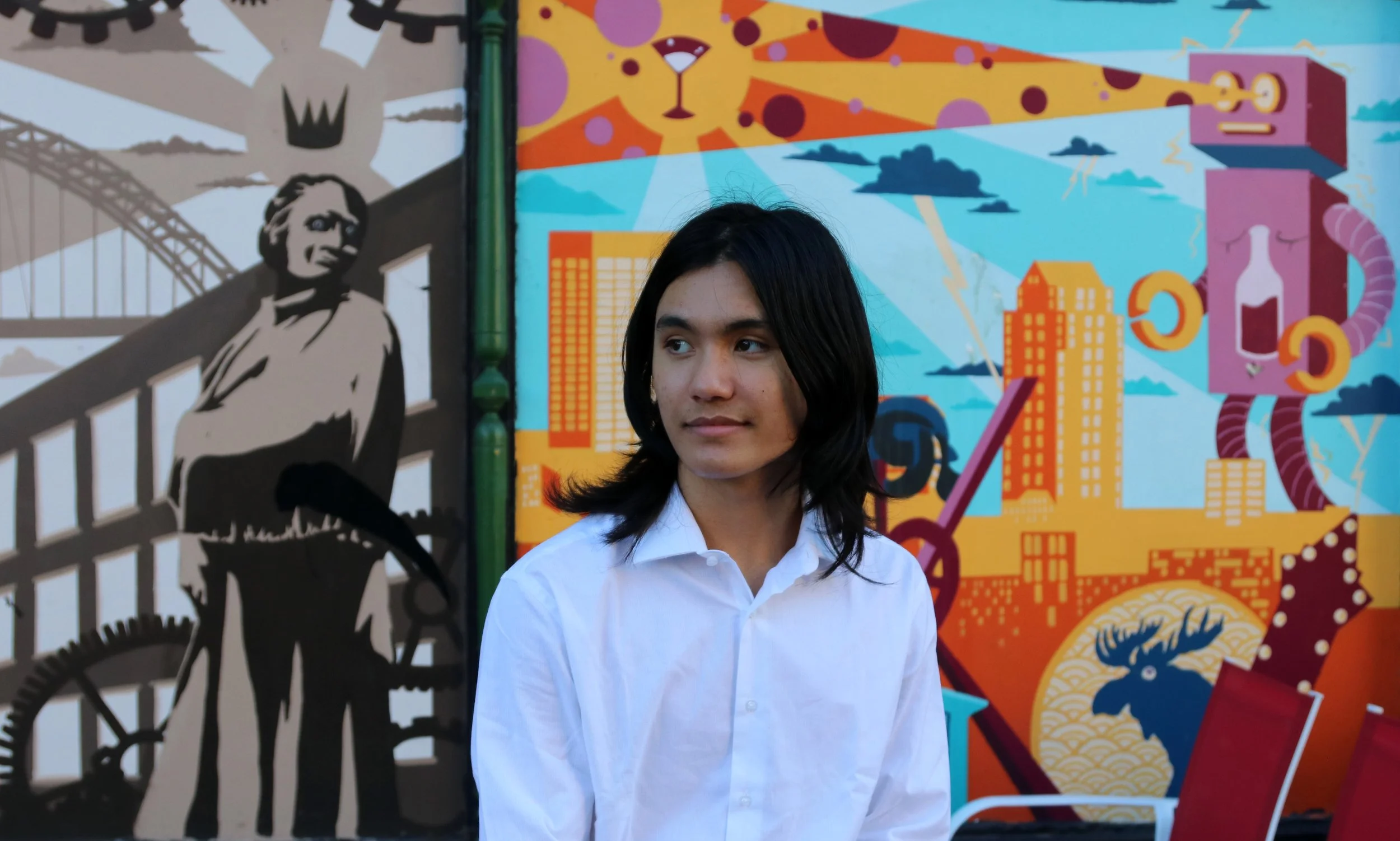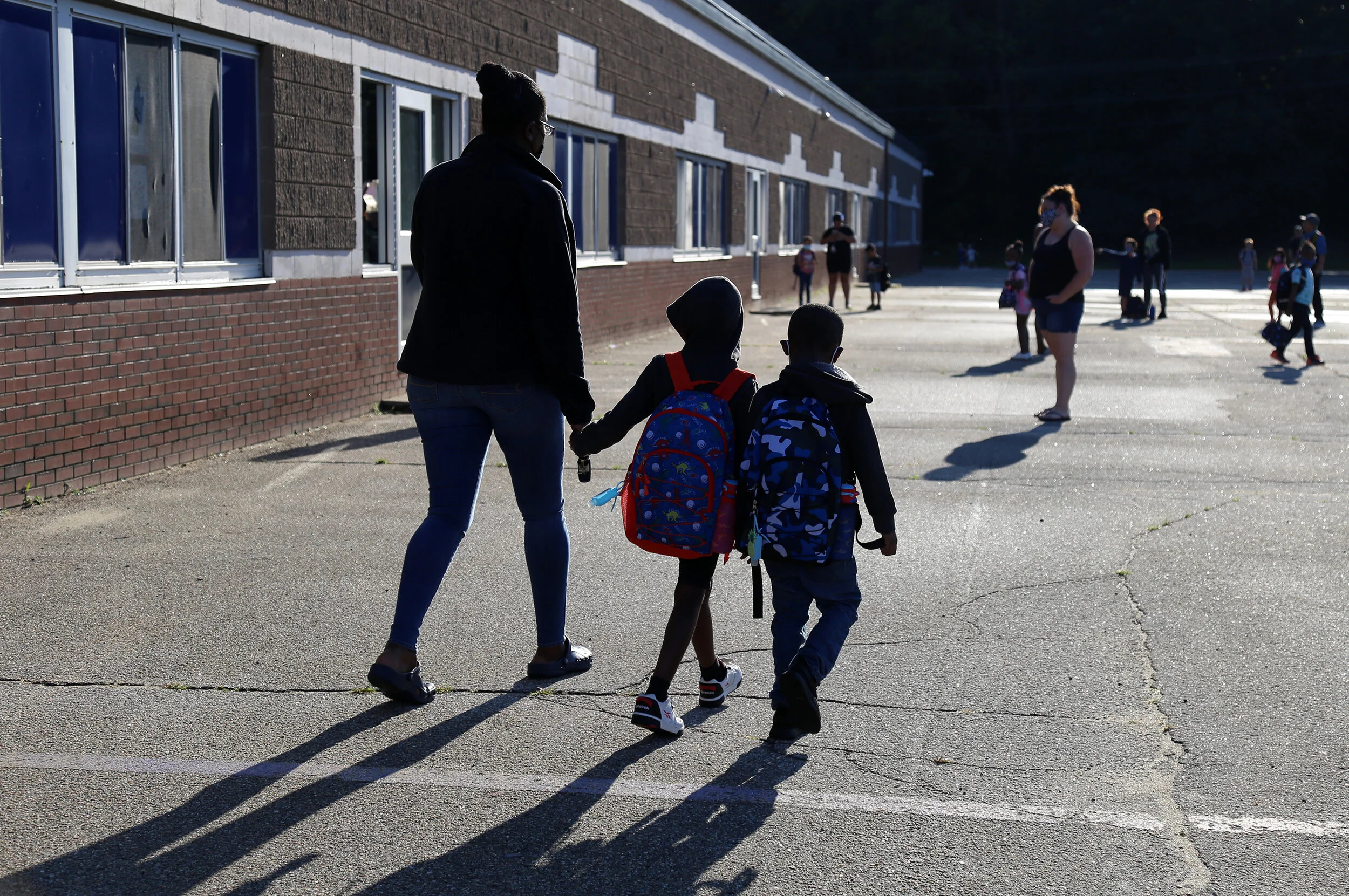As a middle-schooler in Nashua, Joslyn Villavicencio wanted to challenge herself. But she was surprised to find it wasn't as easy as just signing up for harder coursework.
"I had to push myself and had to contact teachers just to put me in the honor roll," she said, "because I was noticing there was a disadvantage if I was in lower classes," especially once she moved up to Nashua High School North.








